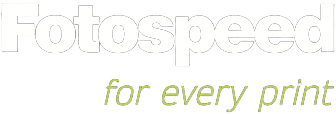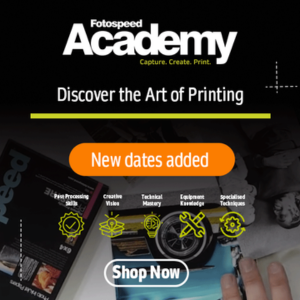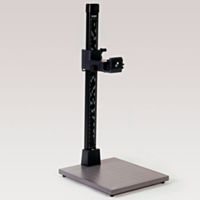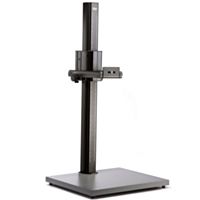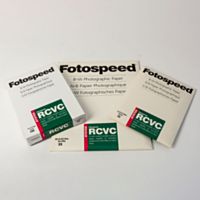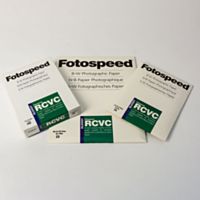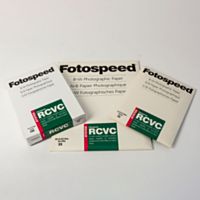Choosing a photo printer that's right for you
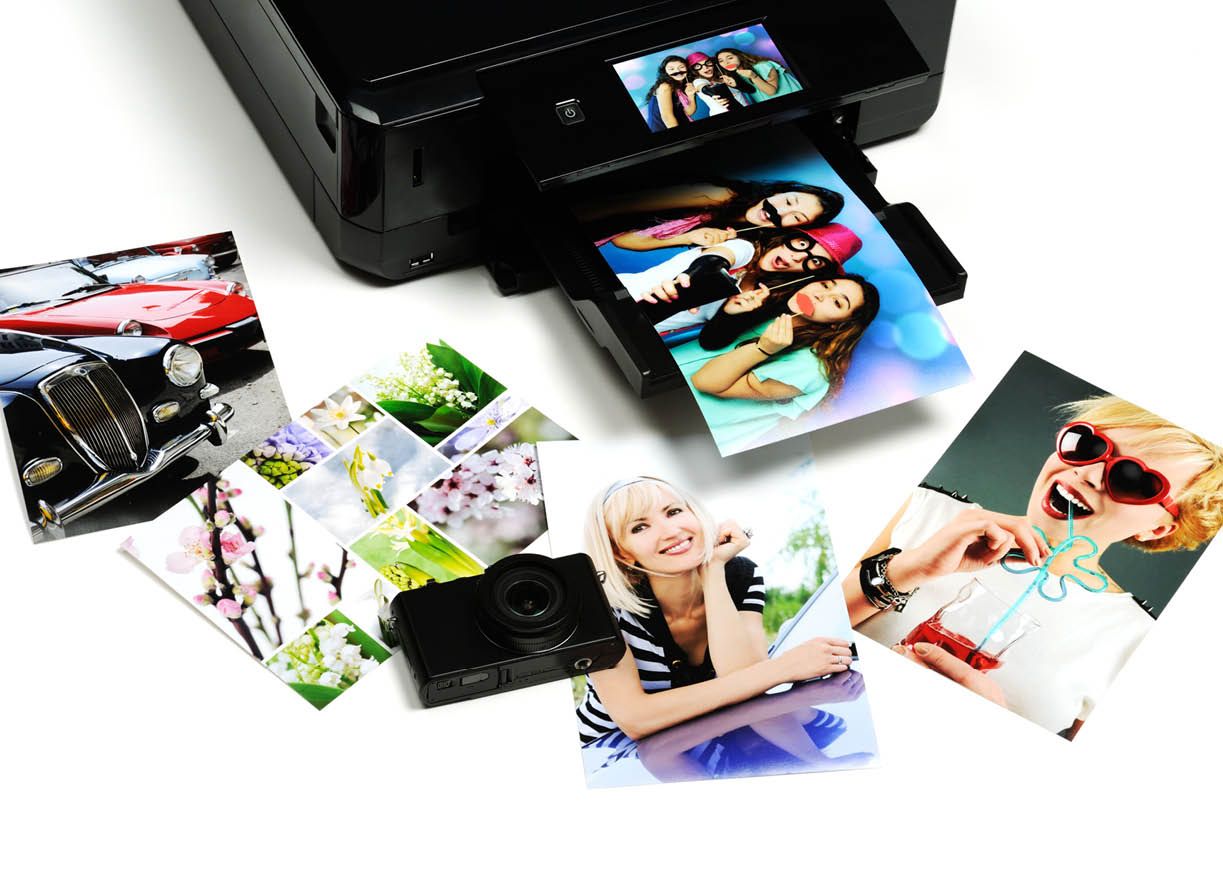
-->
Choosing a photo printer can be an overwhelming task. While in the long run it can save you a lot of money, you’ll have to spend at least a few hundred pounds in the short run, meaning that you want your investment to be the right one.
There are plenty of factors to consider when choosing a photo printer, from the amount you spend, to the quality of prints produced. We’ve put together a few critical factors that you should consider when choosing a printer for your photos to help make sure that you can make an informed decision and create the best prints possible.
The type of printer
When choosing a photo printer, it’s likely that you will be choosing between two different types of printer – inkjet and dye sublimation (also known as dye-sub and thermal).
The difference between these types of printer lie mostly in the technology used
Most people will be familiar with inkjet printers, which spray tiny droplets on the surface of the paper via a print head. Dye-sub printers use a heating process to mix dyes to produce a continuous tone print, followed by a protective layer that makes the print more robust and less likely to scratch.
So which type of printer should you choose? It all depends on what you’re printing. While most inkjet printers are more than capable of printing photos, they can also serve as home printers, letting you print text and documents. Dye-sub printers, on the other hand, are specifically designed for photography, producing very high-quality prints.
Dye-sub printers are, however, very expensive. Because of this, they might be better suited to professional photographers who know they are going to sell enough prints to get a return on their investment. If you’re not sure about spending a large amount of money, pretty much all photographers will get by just fine with a good inkjet as they still produce prints of an incredibly high quality.
Resolution
If you’re a professional photographer, or at least a serious amateur, the quality of prints produced is perhaps the most important factor to consider when choosing a photo printer. Most photo printers will have a decent resolution, but a good general rule to follow is to look for printers with a resolution of 4,800 x 1,200 dpi or higher.
Colour vs black and white photography
If you primarily create black and white prints, then you might want to consider only looking at printers which have more than one black ink. This is because it can be incredibly difficult to achieve a truly neutral black and white print, without any tint, by using colour inks. In fact, for black and white prints, it’s often recommended that your printer has a minimum of three black and grey colour pots.
- Canon ImageIPROGRAF 5100
For stunning black and white inks, we recommend the Canon ImagePROGRAF iPF5100. It has 12 inks, 4 of which are greyscale – 2 blank inks and 2 grey inks, giving great tonal range for black and white photographs.
For other black and white-suitable printers, you should also consider the Epson SureColour P600 and the Epson SureColour SC-P800 which accomodates Epson’s ‘Photo Black’ ink from their UltraChrome HD ink range. This has a pigment concentration 1.5x higher than Epson’s previous black inks.
* - Epson SC P600 AND SC800
Dedicated or near-dedicated?
Dedicated printers, as you might have guessed, are dedicated entirely to printing photographs. They tend to be small and portable, and are designed to be easily used - most will have an LCD screen on which to select your options. Some dedicated printers do give you basic editing options, such as cropping or removing red eye. Dedicated photo printers do exactly what you think – they’re simply very good at printing photographs.
However, unless they’re willing to pay out twice when purchasing a printer, most people will need more functions than this. Near-dedicated printers are capable of printing things other than photos, such as documents, but their true capability lies in printing images. This might be a good option for people running a photography business so that they can print photographs and invoices alike.
Print and running costs
When choosing a photo printer, it’s also important to consider your printing and running costs. A Large Format Printer, for example, can be costly to run as they need to be regularly used to avoid clogs. You might also want to calculate the cost per print. This can be tricky depending on the type of your printer. For example, there is no standard way of calculating cost per print for near dedicated printers, as each print and printer differs. However, if you print and sell lots of photographs, the you might make back your money regardless. On the other hand, dedicated printers are often used in conjunction with ‘print packs’, containing paper and ink for a certain amount of photos, making it easy to work out the cost per print. Finally, remember to take the time to research printers with low consumption rates, as some are more efficient than others.
For many people, and for us at Fotospeed, creating prints of your photographs is an incredibly important part of being a photographer. That’s why you want to make sure you have the right tools. We’re proud to carry only the best printers from both Canon and Epson – you can check out our range here. For more advice on the best tools for great prints – whether you’re looking for paper, inks, or colour management solutions – get in touch with the Fotospeed team.
If you would like to stay on top of all the latest information from Fotospeed don't forget to sign up to our Newsletter.
